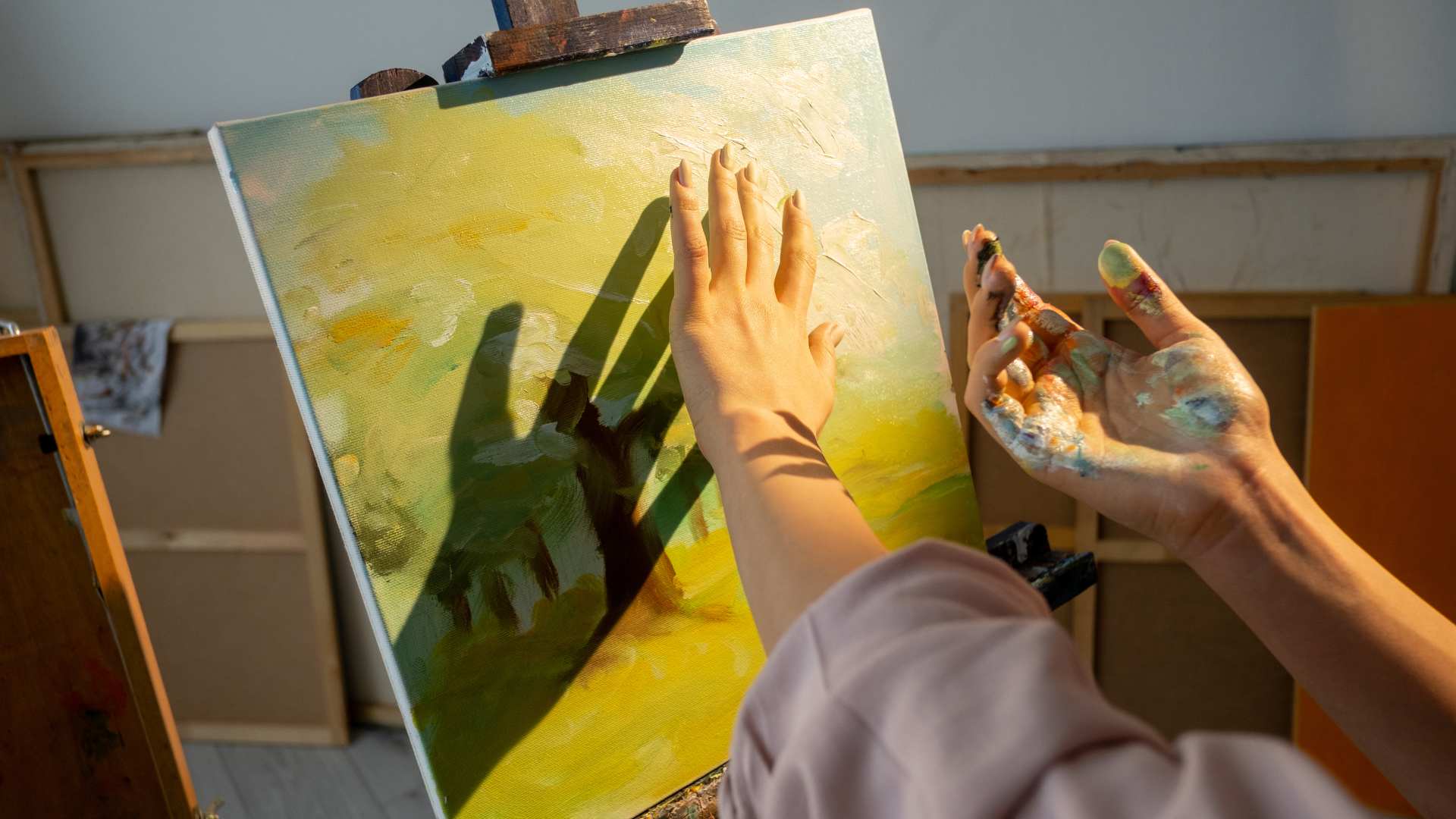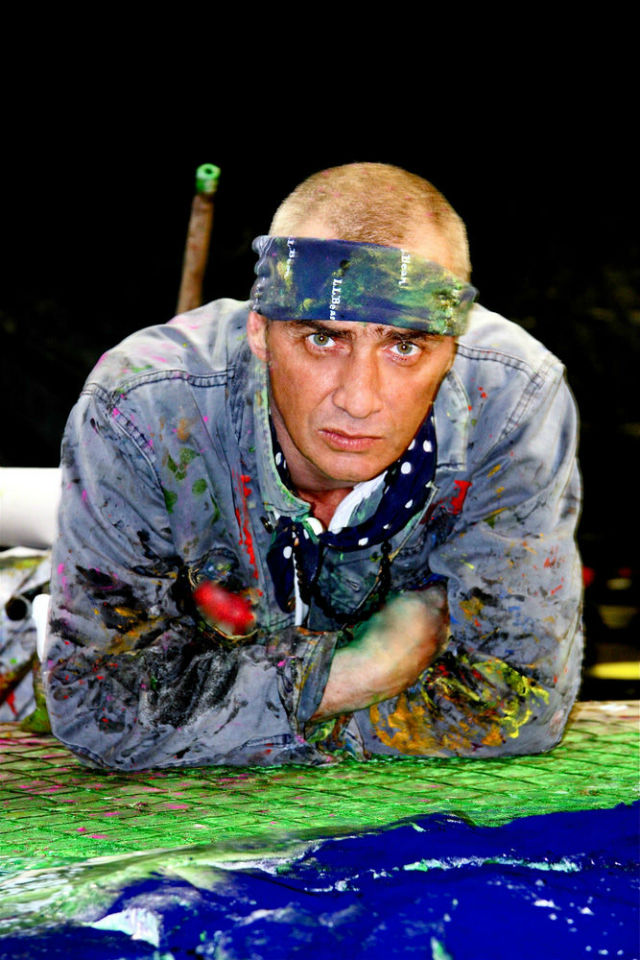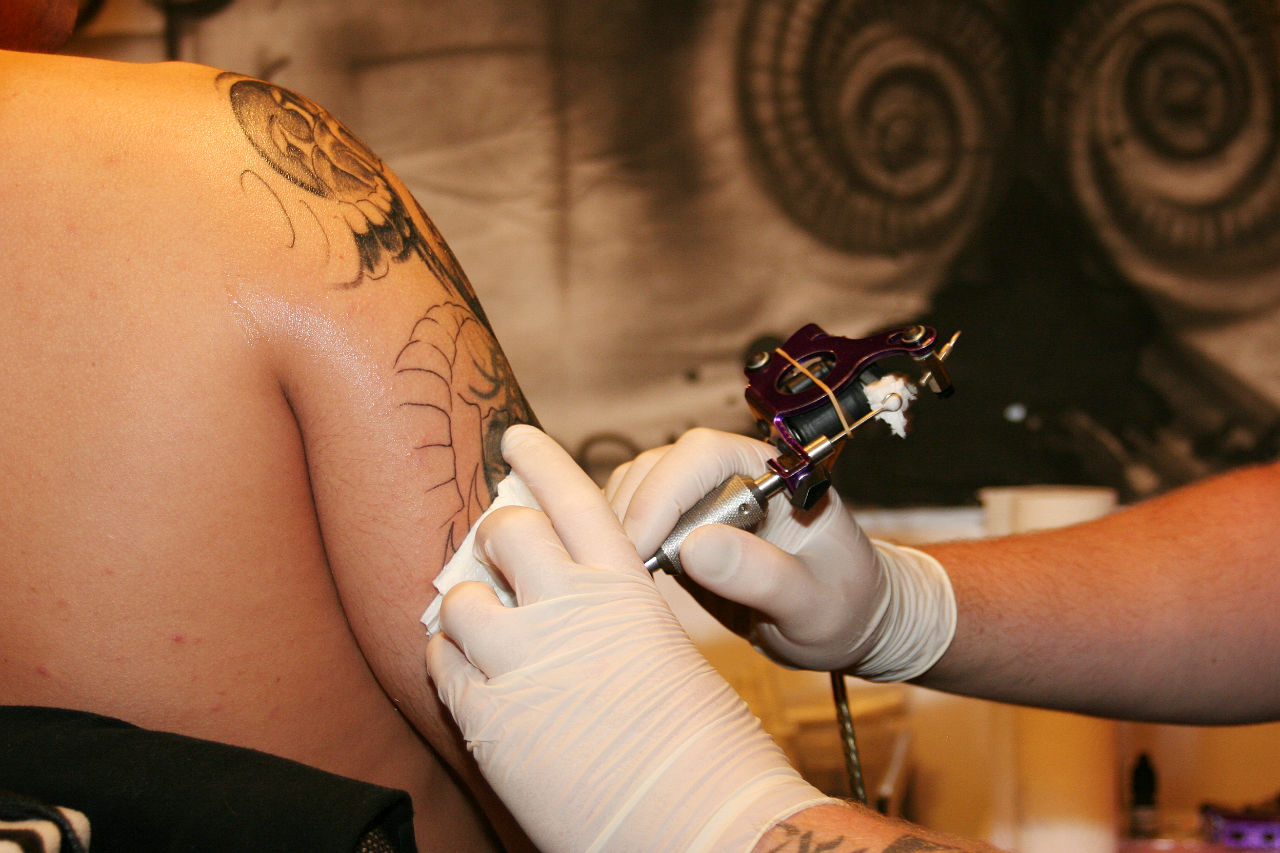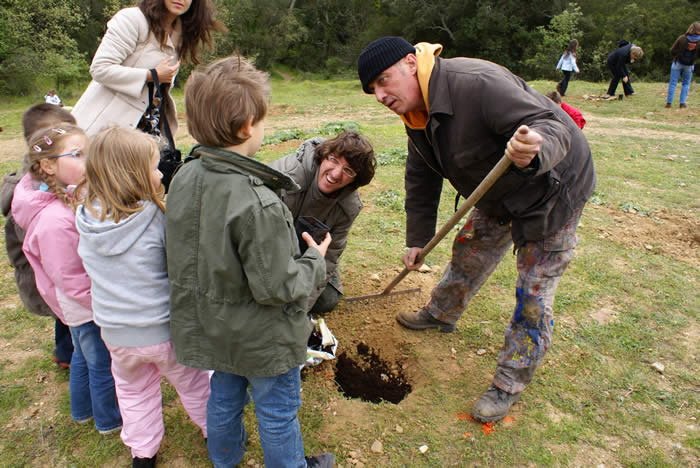The start of any artistic journey can be both exhilarating and daunting. As an emerging artist, you may feel overwhelmed by the blank canvas in front of you, asking yourself, “Where do I find inspiration for my art?” There’s no one-size-fits-all answer to that question, but through research, experimentation, and a little guidance, you can unearth the artistic inspiration that will breathe life into your first piece of art. Let’s explore how you can start your creative process, find your inspiration, and create your first artwork.
Discovering Your Artistic Inspiration
Every artist has their unique source of inspiration. These can range from the subtle curves of a leaf, the stark angles of a cityscape, the vibrant hues of a sunset, or even the stories whispered by people passing by. All these elements can trigger a creative streak in an artist and inspire them to create.
To start your artistic journey, you first need to find your inspiration. This can be a daunting task, but it doesn’t have to be. Begin by looking around you. Pay attention to the little details you usually overlook in your life. Maybe it’s the way light filters through your window, or perhaps the way people interact at your local coffee shop. Take time to appreciate these moments and reflect on how they make you feel.
Next, expose yourself to different forms of art. Visit local galleries, museums, or art fairs. Browse art on social media. Look at the work of other artists, understand their styles, themes, and techniques. You don’t necessarily need to replicate their work, but you can certainly draw inspiration from it.
Embracing the Creative Process
Once you have found your inspiration, it’s time to translate it into your art. The creative process can be overwhelming at first, with so many ideas buzzing around. It’s crucial to remember that art isn’t just about the final product, but the journey to get there – the making of art.
Start by creating an inspiration board. It could include images, words, colors, or anything else that inspired you. This board will serve as a visual representation of your ideas and a point of reference during your artistic journey. When you feel stuck, look at it and let it guide you back to your inspiration.
Next, focus on your medium. Are you drawn to the bold strokes of a paintbrush, the detailed lines of a pencil, or the endless possibilities of digital art? Experiment with different mediums and find what suits your style.
Finally, remember to maintain a regular practice. Set aside specific time in your life for your art. Consistency is key in improving your skills and nurturing your creative process.
Overcoming Artist Block
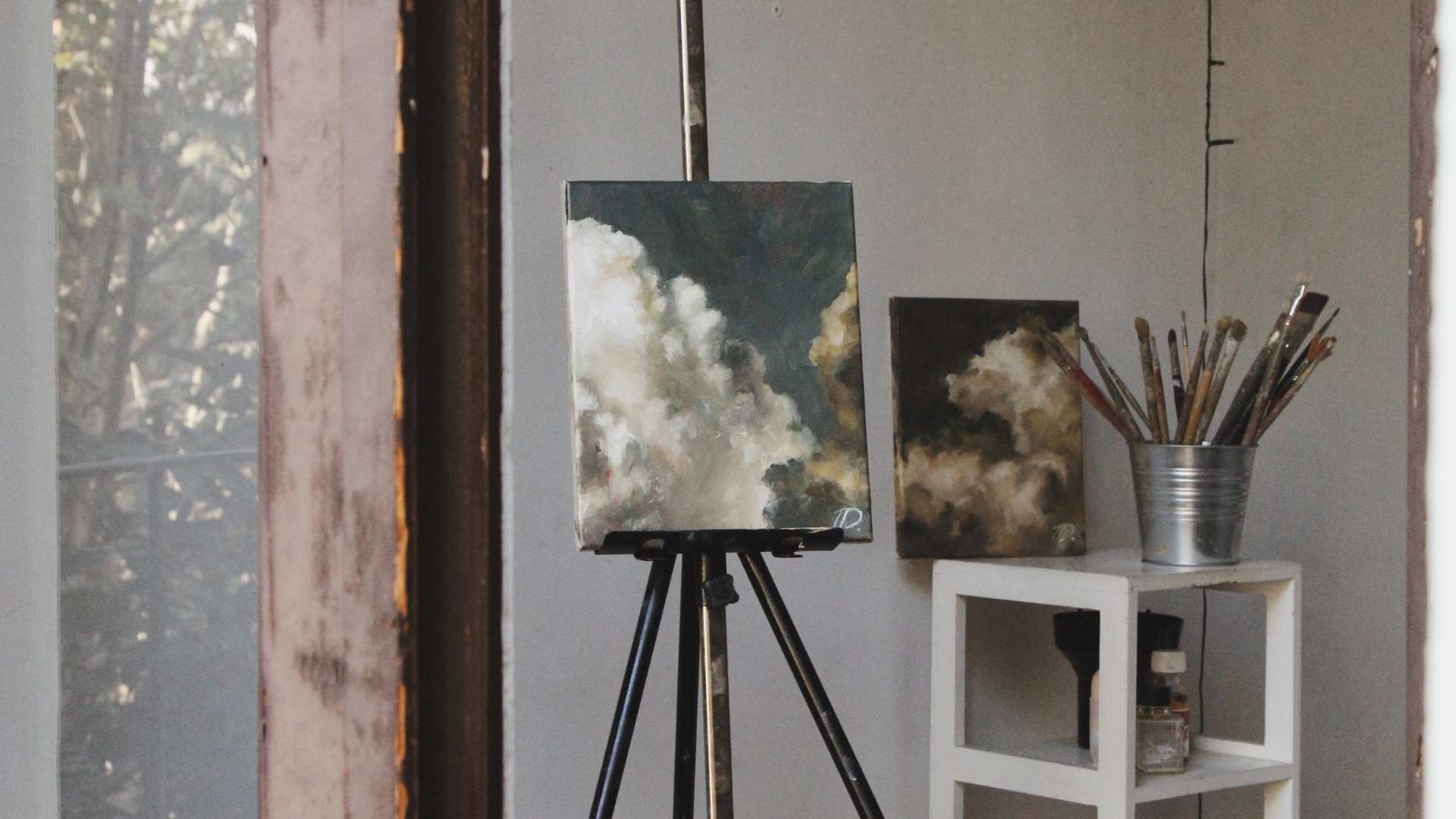
Every artist, professional or not, encounters the dreaded artist block at some point. It’s a period of time when inspiration seems to evade you, and creating art feels more like a chore than a pleasure. But there’s no need to despair.
First of all, understand that it’s a normal part of the creative process. Most artists work through their blocks by simply continuing to create. Even if the result doesn’t meet your expectations, the act of making art can often help you break through the block.
Another effective method is to change your environment. Visit a new place, experiment with a new medium, or try a new artistic style. These changes can often spark new ideas and inspire you to create.
Bringing Your Artwork to Life
| Aspect | Traditional Art Techniques | Digital Art Techniques | Mixed Media Techniques | Sculpture Techniques |
|---|---|---|---|---|
| Definition | Using classic methods like painting and drawing | Creating art with digital tools and software | Combining multiple mediums in one artwork | Art that is three-dimensional, crafted from various materials |
| Pros | Time-tested methods, tactile experience | Unlimited editing options, cost-effective | Unique textures and effects, creative freedom | Tangible, interactive pieces, versatile materials |
| Cons | Materials can be costly, more space required | Requires digital skills, software can be expensive | Can be unpredictable, complex processes | Requires specialized tools, space-intensive |
| Beginner-Friendly Tips | Start with sketches, experiment with watercolors | Use free software to practice, follow online tutorials | Experiment with layering, don’t fear mistakes | Work with clay or soft materials for easy manipulation |
| Inspiration Sources | Art history books, museum visits | Online art communities, digital art galleries | DIY craft blogs, mixed media art workshops | Local sculptures, 3D art exhibitions |
| Tools Needed | Pencils, paints, brushes, canvas | Computer, graphic tablet, software | Variety of materials (paper, fabric, found objects) | Clay, carving tools, armature materials |
Once you have a clear idea of your inspiration, have embraced your creative process, and learned to overcome artist block, it’s time to bring your artwork to life.
Create without fear of judgment. Yes, your first artwork might not be a masterpiece, but that’s okay. Art is a continuous journey of learning and experimenting. With each artwork you create, you’ll find yourself growing as an artist.
Lastly, share your work. It can be daunting to show your art to others, but it’s an important part of being an artist. Sharing your work can open up opportunities for feedback, appreciation, and even collaborations. You can start by sharing your work with friends and family or on social media.
In conclusion, finding your artistic inspiration and creating your first artwork can feel like a mammoth task. But remember, every great artist was once a beginner. With patience, persistence, and passion, you can find your inspiration and create art that truly represents you. So pick up your brush, sketchpad, or stylus, and let your creativity flow. Embrace the journey of making art, and let it enrich your life in ways you never imagined.

